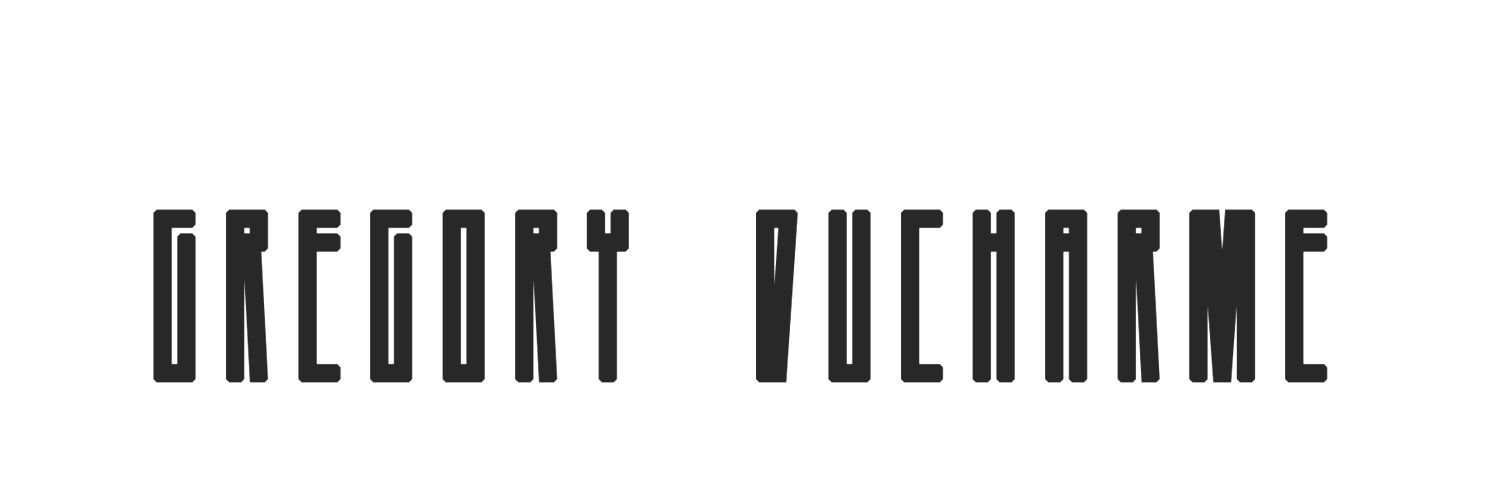 Image 1 of 7
Image 1 of 7

 Image 2 of 7
Image 2 of 7

 Image 3 of 7
Image 3 of 7

 Image 4 of 7
Image 4 of 7

 Image 5 of 7
Image 5 of 7

 Image 6 of 7
Image 6 of 7

 Image 7 of 7
Image 7 of 7








Noguchi Akari 22N Light Sculpture
Isamu Noguchi
Remarkable early Akari 22N Light sculpture by Isamu Noguchi. This particular design features an almost pear-shaped paper shade resting atop a delicate metal framework. Early examples of the Akari lamp feature the Akari logo of a full and crescent moon acompanied with “JAPAN”; it was not until later that the logo was accompanied with the I.Noguchi signature.
From The Noguchi Museum —
“In 1951 Isamu Noguchi visited the town of Gifu, Japan, known for its manufacture of lanterns and umbrellas from mulberry bark paper and bamboo. Noguchi designed the first of his lamps that would be produced by the traditional Gifu methods of construction. He called these works Akari, a term meaning light as illumination, but also implying the idea of weightlessness.
The fabrication of Akari in Japan at Ozeki & Co. since 1951 follows the traditional methods for Japanese Gifu lanterns. Each Akari is handcrafted beginning with the making of washi paper from the inner bark of the mulberry tree. Bamboo ribbing is stretched across sculptural molded wood forms. The washi paper is cut into strips and glued onto both sides of the framework. Once the glue has dried and the shape is set, the internal wooden form is disassembled and removed. The outcome is a resilient paper form, which can be collapsed and packed flat for shipping.
With the warm glow of light cast through handmade paper on a bamboo frame, Isamu Noguchi utilized traditional Japanese materials to bring modern design to the home. Like the beauty of falling leaves and the cherry blossom, Noguchi wrote, Akari are “poetic, ephemeral, and tentative.” And he was fond of saying, “All that you require to start a home are a room, a tatami, and Akari….
All genuine Akari are stamped with the red sun and moon logo, and contemporary models also feature the “I. Noguchi” signature. Isamu Noguchi designed the Akari logo combining a stylized sun and crescent moon like the Japanese ideograph it is based on (明). Trademarked in 1955, the sun and moon logo marks all authentic Akari light sculptures.””
Paper shade measures 19” tall and 16.5” in diameter. Entire sculpture measures 24.75”.
To inquire about a piece please contact here.
Isamu Noguchi
Remarkable early Akari 22N Light sculpture by Isamu Noguchi. This particular design features an almost pear-shaped paper shade resting atop a delicate metal framework. Early examples of the Akari lamp feature the Akari logo of a full and crescent moon acompanied with “JAPAN”; it was not until later that the logo was accompanied with the I.Noguchi signature.
From The Noguchi Museum —
“In 1951 Isamu Noguchi visited the town of Gifu, Japan, known for its manufacture of lanterns and umbrellas from mulberry bark paper and bamboo. Noguchi designed the first of his lamps that would be produced by the traditional Gifu methods of construction. He called these works Akari, a term meaning light as illumination, but also implying the idea of weightlessness.
The fabrication of Akari in Japan at Ozeki & Co. since 1951 follows the traditional methods for Japanese Gifu lanterns. Each Akari is handcrafted beginning with the making of washi paper from the inner bark of the mulberry tree. Bamboo ribbing is stretched across sculptural molded wood forms. The washi paper is cut into strips and glued onto both sides of the framework. Once the glue has dried and the shape is set, the internal wooden form is disassembled and removed. The outcome is a resilient paper form, which can be collapsed and packed flat for shipping.
With the warm glow of light cast through handmade paper on a bamboo frame, Isamu Noguchi utilized traditional Japanese materials to bring modern design to the home. Like the beauty of falling leaves and the cherry blossom, Noguchi wrote, Akari are “poetic, ephemeral, and tentative.” And he was fond of saying, “All that you require to start a home are a room, a tatami, and Akari….
All genuine Akari are stamped with the red sun and moon logo, and contemporary models also feature the “I. Noguchi” signature. Isamu Noguchi designed the Akari logo combining a stylized sun and crescent moon like the Japanese ideograph it is based on (明). Trademarked in 1955, the sun and moon logo marks all authentic Akari light sculptures.””
Paper shade measures 19” tall and 16.5” in diameter. Entire sculpture measures 24.75”.
To inquire about a piece please contact here.
